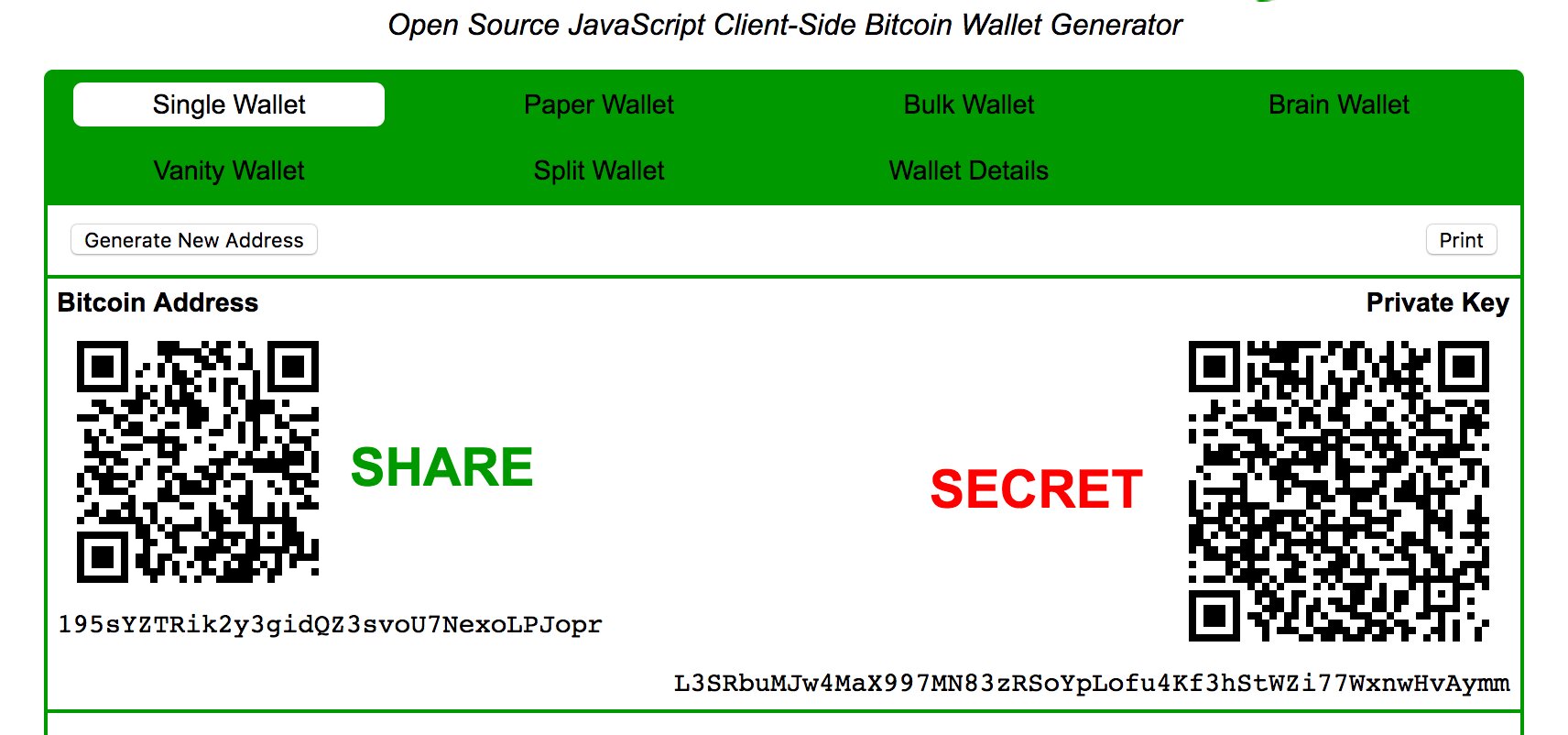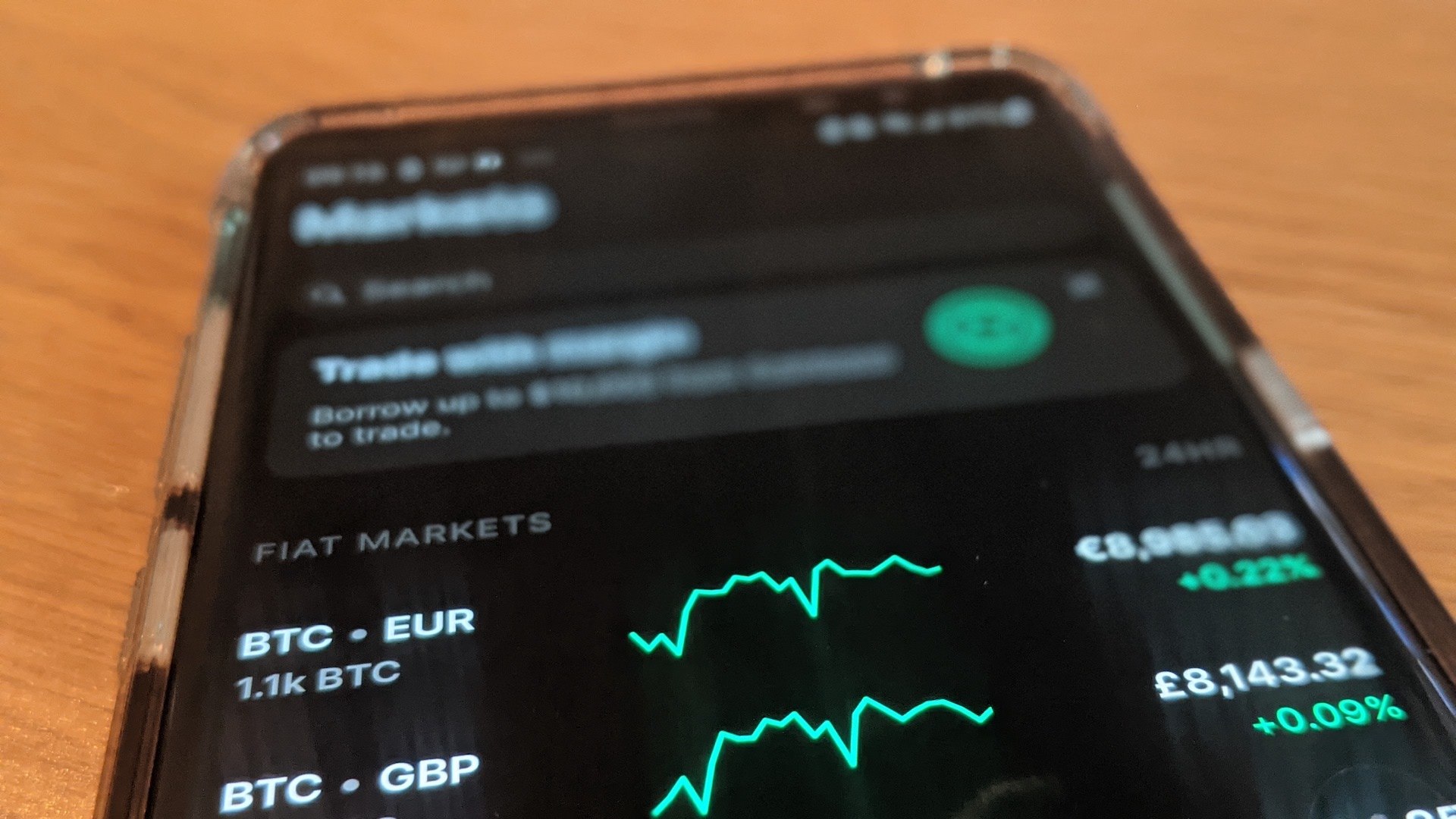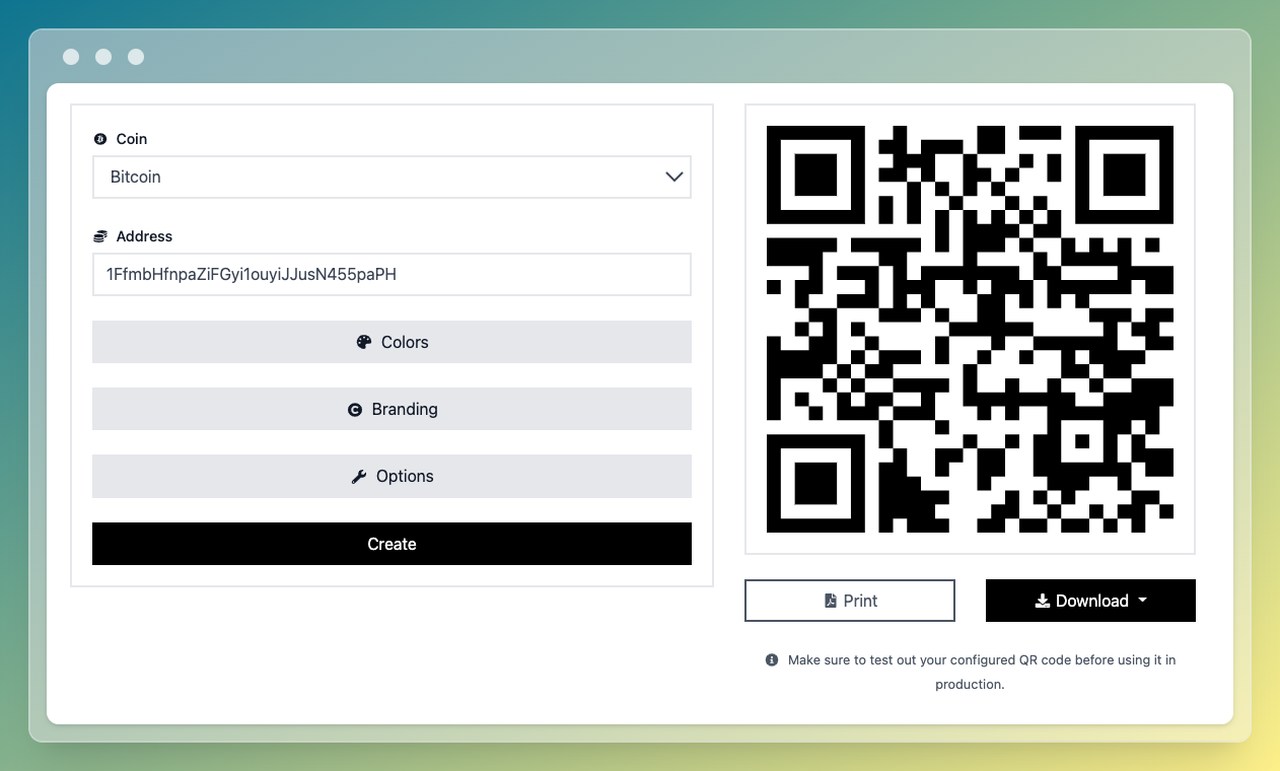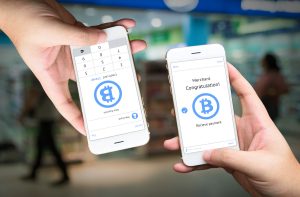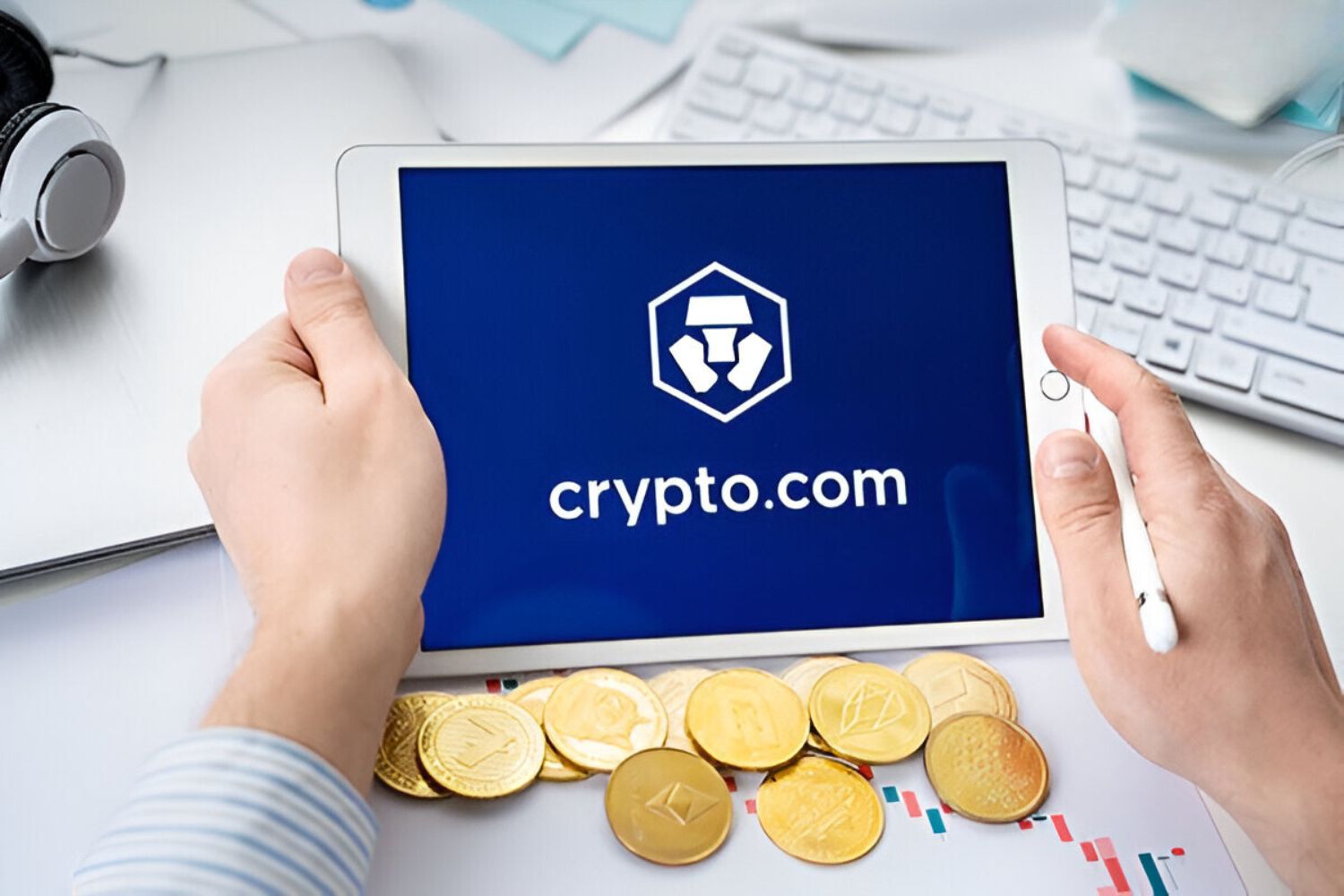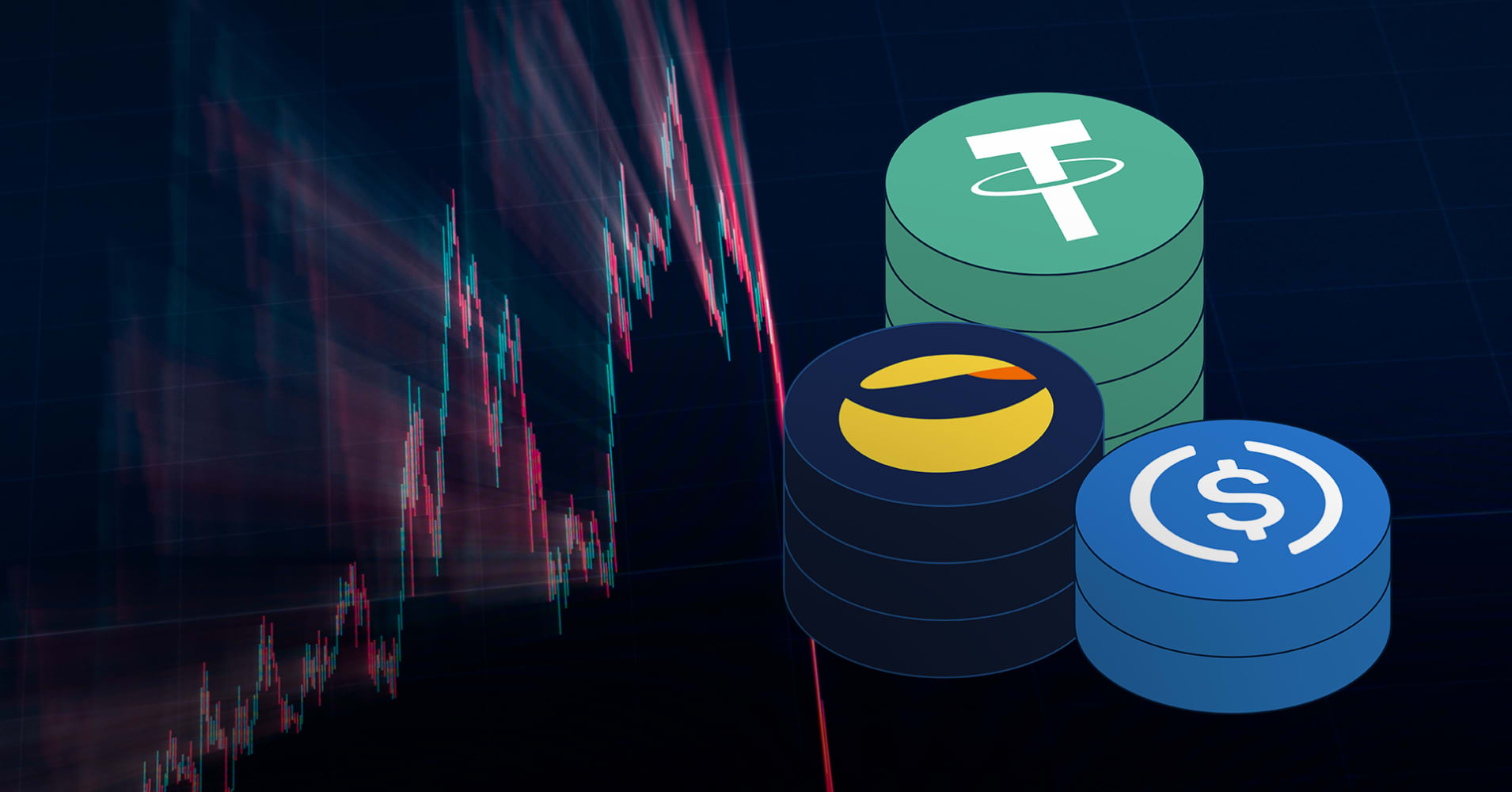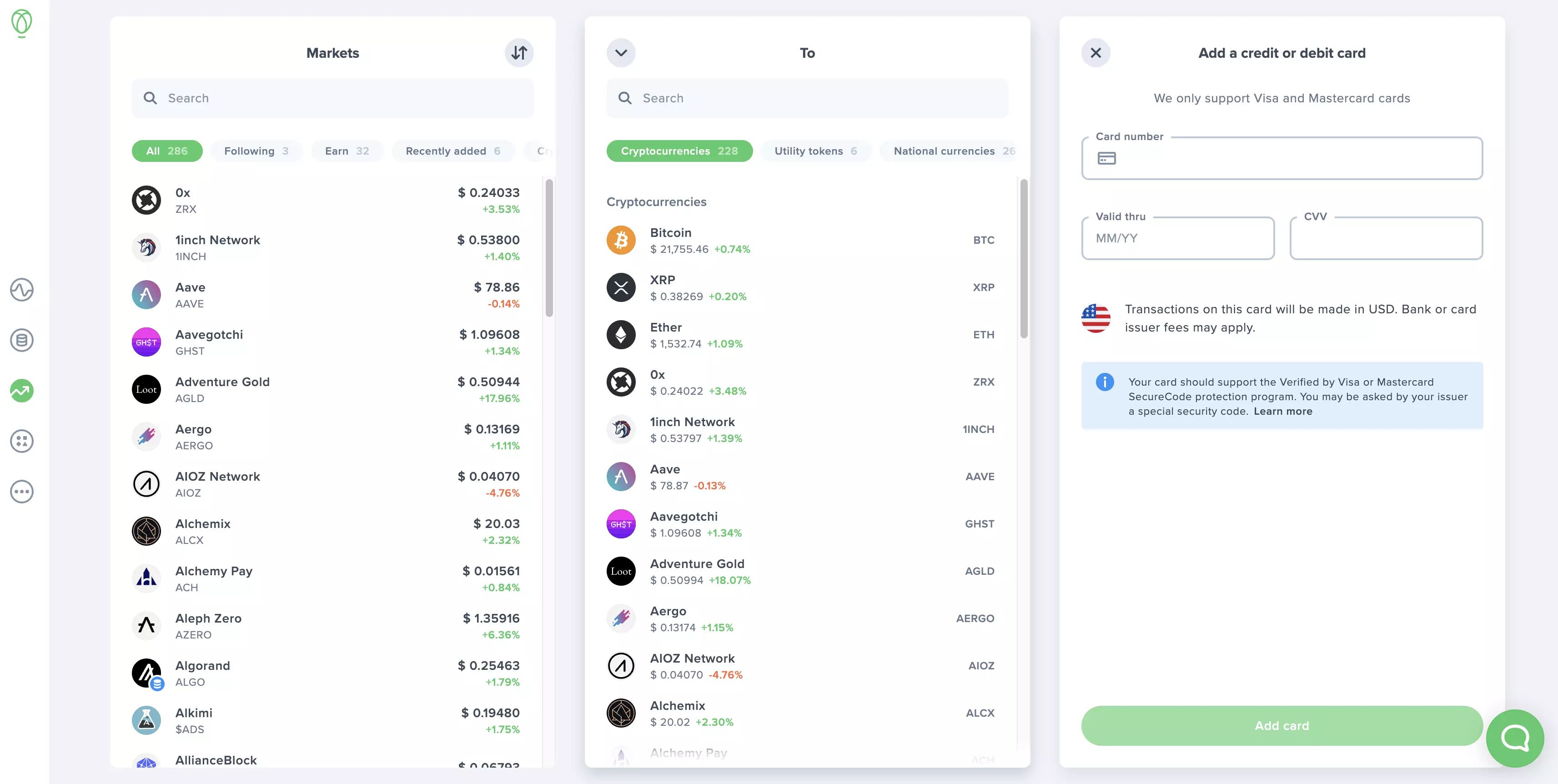Introduction
Welcome to the world of cryptocurrencies! Whether you’re new to the game or a seasoned investor, understanding how to find your crypto wallet address is essential. Your wallet address serves as a unique identifier for your digital assets, enabling you to send and receive cryptocurrencies securely. In this article, we’ll guide you through the process of finding your wallet address across different types of crypto wallets.
Before we jump into the specifics, let’s briefly delve into the concept of a crypto wallet address. A wallet address is a string of alphanumeric characters that represents your digital wallet. It is similar to a bank account number or an email address – it serves as a destination for sending and receiving transactions in the crypto space.
It’s important to note that wallet addresses are specific to each cryptocurrency. For example, if you’re using Bitcoin, you’ll have a unique wallet address for Bitcoin transactions. Similarly, if you’re trading Ethereum, you’ll need a different wallet address for Ethereum transactions.
Now, let’s explore the different types of crypto wallets available. From desktop wallets to hardware wallets, understanding the features and functions of each will help you find your wallet address more easily.
Understanding Crypto Wallet Address
Before we dive into how to find your crypto wallet address, it’s essential to understand the basics of what a wallet address is and how it works. In simple terms, a wallet address is a unique identifier that represents your cryptocurrency wallet. It allows you to receive funds from others and send funds to different destinations securely.
A wallet address is typically a long string of alphanumeric characters, consisting of both numbers and letters. It may seem complex and confusing at first, but it’s important to remember that each character in the wallet address has a purpose and contributes to its uniqueness.
When you want to receive funds, you provide your wallet address to the sender. The sender then uses that address to initiate the transfer, and the funds are sent directly to your wallet. On the other hand, when you want to send funds to someone else, you’ll need their wallet address to complete the transaction.
It’s important to note that wallet addresses are specific to each cryptocurrency. For example, if you’re dealing with Bitcoin, you’ll have a Bitcoin wallet address. If you’re dealing with Ethereum, you’ll have an Ethereum wallet address. Each cryptocurrency has its unique address format, so it’s crucial to use the correct address corresponding to the specific cryptocurrency you’re working with.
It’s also worth mentioning that wallet addresses are generated using cryptographic algorithms, ensuring the security and integrity of the transactions. This means that your wallet address is highly secure and practically impossible to replicate or forge.
While wallet addresses are essential for facilitating cryptocurrency transfers, it’s essential to keep them private and secure. Sharing your wallet address publicly could expose your cryptocurrency holdings and make you vulnerable to potential risks. Therefore, it’s crucial to only share your wallet address with trusted individuals or businesses.
Now that we have a clear understanding of what a crypto wallet address is and how it functions, let’s move on to exploring how to find your wallet address across different types of crypto wallets.
Different Types of Crypto Wallets
When it comes to storing and managing your cryptocurrencies, there are several types of wallets to choose from. Each type has its own unique features and functionalities. Let’s take a closer look at the most common types of crypto wallets:
- Desktop Wallets: These wallets are software programs installed on your computer. They offer a high level of security and control since the private keys are stored locally on your device. Examples of popular desktop wallets include Exodus, Electrum, and Atomic Wallet.
- Mobile Wallets: Mobile wallets are designed for use on smartphones or tablets. They provide convenience and accessibility, allowing you to manage your cryptocurrencies on the go. Some well-known mobile wallet options include Trust Wallet, Mycelium, and Coinomi.
- Online Wallets: Also known as web wallets, online wallets are hosted on the internet and can be accessed through a web browser. They are generally user-friendly and convenient but come with a higher level of risk since your private keys are stored on a remote server. Examples of online wallets include MetaMask, MyEtherWallet, and Coinbase Wallet.
- Hardware Wallets: Hardware wallets offer the highest level of security for your cryptocurrencies. These physical devices are designed to store your private keys offline, keeping them safe from online threats. Examples of popular hardware wallets are Ledger Nano S, Trezor, and KeepKey.
- Paper Wallets: As the name suggests, paper wallets involve printing out your wallet address and private keys on a physical piece of paper. While they offer an added layer of security by being offline, they can be susceptible to physical damage or loss.
It’s important to consider your specific needs and preferences when selecting a wallet type. Each type has its own advantages and trade-offs in terms of security, convenience, and accessibility. For instance, if you want maximum security, a hardware wallet is a great option, but if you prioritize accessibility, a mobile wallet might be more suitable.
Once you have determined the type of wallet you are using, you can then proceed to locate your wallet address within that specific wallet. In the following sections, we’ll provide step-by-step instructions on how to find your wallet address on popular desktop wallets, mobile wallets, online wallets, and hardware wallets.
How to Find Your Wallet Address on Desktop Wallets
If you are using a desktop wallet to store your cryptocurrencies, the process of finding your wallet address is typically straightforward. Here are the general steps to follow:
- Launch your desktop wallet software on your computer.
- Locate the section or tab that refers to your specific cryptocurrency. For example, if you are looking for your Bitcoin wallet address, navigate to the Bitcoin wallet section.
- Within the cryptocurrency-specific section, you should see an option or button labeled “Receive” or “Receive Funds”. Click on this option.
- Your wallet address should now be displayed on the screen. It is a long string of alphanumeric characters, often starting with a specific prefix related to the cryptocurrency you are using.
- You can usually copy or export your wallet address by clicking on the associated buttons or options. This allows you to easily share your wallet address with others when receiving funds.
It’s important to note that the exact steps and interface may vary slightly depending on the specific desktop wallet software you are using. However, most desktop wallets follow a similar pattern and offer a user-friendly interface for finding and managing wallet addresses.
Make sure to double-check the accuracy of your wallet address before sharing it with others or initiating any transactions. Even a small typing error or discrepancy can lead to funds being sent to the wrong address, resulting in permanent loss.
Now that you know how to find your wallet address on desktop wallets, let’s explore the steps to locate your wallet address on mobile wallets in the next section.
How to Find Your Wallet Address on Mobile Wallets
If you prefer managing your cryptocurrencies on your smartphone or tablet, using a mobile wallet is a convenient option. To find your wallet address on a mobile wallet, follow these general steps:
- Open your mobile wallet application on your device.
- Navigate to the specific cryptocurrency wallet you want to find the address for. Most mobile wallets support multiple cryptocurrencies, so ensure you are in the correct wallet section.
- Look for a “Receive” or “Receive Funds” option within the wallet interface and tap on it.
- Your wallet address should now be displayed on the screen. It is a long string of alphanumeric characters, similar to the format of a desktop wallet address.
- To copy or share your wallet address, you can usually tap on the address itself or look for a copy/share button in the wallet interface. This allows you to easily provide your wallet address when receiving funds.
Mobile wallets often have intuitive and user-friendly interfaces that make it easy to find and manage your wallet addresses. The steps provided above are general guidelines, and the exact process might vary slightly depending on the specific mobile wallet you are using.
Remember to double-check your wallet address for accuracy before sharing it with others or initiating any transactions. Mobile devices have small touchscreens, which can sometimes result in typing errors if proper attention is not given.
Now that you have learned how to find your wallet address on mobile wallets, let’s move on to discovering how to locate your wallet address on online wallets in the next section.
How to Find Your Wallet Address on Online Wallets
If you are using an online wallet to store your cryptocurrencies, the process of finding your wallet address may slightly differ compared to desktop or mobile wallets. Here are the general steps to follow:
- Open your web browser and visit the website of your online wallet provider.
- Log into your online wallet account using your credentials.
- Once logged in, navigate to the dashboard or main interface of your online wallet.
- Look for a “Receive” or “Receive Funds” option within the wallet interface and click on it.
- Your wallet address for the specific cryptocurrency should now be displayed on the screen. It is a long string of alphanumeric characters, similar to the format of wallet addresses in other types of wallets.
- If there is an option to copy or export your wallet address, use it to easily share your address when necessary.
It’s important to remember that online wallets store your private keys on a remote server. While they offer convenience and accessibility, they are considered less secure compared to desktop or hardware wallets. Therefore, it’s crucial to choose a reputable online wallet provider and employ additional security measures to protect your assets.
As with any type of wallet, always verify the accuracy of your wallet address before sharing it or initiating any transactions. Any errors or discrepancies could potentially lead to irreversible loss of funds.
Now that you know how to find your wallet address on online wallets, let’s move forward and explore how to locate your wallet address on hardware wallets.
How to Locate Your Wallet Address on Hardware Wallets
Hardware wallets are considered one of the most secure options for storing cryptocurrencies. They store your private keys offline, away from potential online threats. Here’s how you can find your wallet address on a hardware wallet:
- Connect your hardware wallet device to your computer or mobile device via USB or Bluetooth.
- Enter your PIN or password on the hardware wallet to unlock it.
- Navigate to the specific cryptocurrency you want to find the address for. Most hardware wallets support various cryptocurrencies, so ensure you select the correct one.
- On the hardware wallet’s screen, locate the “Receive” or “Receive Funds” option and select it.
- Your wallet address for the chosen cryptocurrency will now be displayed on the hardware wallet’s screen.
- Take note of the wallet address or use the buttons on the device to copy it if available.
Hardware wallets usually have a built-in screen and physical buttons, allowing you to navigate through the wallet’s interface and perform operations securely. The process of finding your wallet address on a hardware wallet may vary slightly depending on the specific brand and model you are using. However, most hardware wallets follow a similar flow and have user-friendly interfaces.
Remember to verify the accuracy of your wallet address before sharing it or initiating any transactions. Hardware wallets provide an extra layer of security, but it’s still crucial to exercise caution and double-check all information entered.
Now that you know how to locate your wallet address on hardware wallets, let’s move on to the next section, where we’ll provide some tips to help you keep your crypto wallet address secure.
Tips to Keep Your Crypto Wallet Address Secure
Ensuring the security of your crypto wallet address is crucial to protect your digital assets. Here are some essential tips to keep in mind:
- Keep your wallet address private: Only share your wallet address with trusted individuals or businesses. Avoid posting it publicly or sharing it on unsecured channels.
- Double-check the accuracy: Before sharing your wallet address or initiating any transactions, verify that the address is correct. Even a small mistake could lead to irreversible loss of funds.
- Use QR codes when possible: QR codes provide a convenient way to share your wallet address. Rather than manually typing the address, you can often generate a QR code for easy scanning.
- Benefit from address forwarding: Some wallets support address forwarding, allowing you to generate a new address for each transaction. This adds an extra layer of privacy and makes it more challenging to trace your transactions.
- Implement multi-factor authentication (MFA): Enable MFA on your wallets whenever possible. This adds an extra layer of security, requiring you to provide an additional authentication factor, such as a code from an authentication app, along with your password.
- Keep your devices updated and secure: Keep your desktops, laptops, and mobile devices updated with the latest security patches and antivirus software. This reduces the risk of malware or keyloggers compromising your wallet address.
- Backup your wallet: Regularly backup your wallet data and store it securely offline. In case of device loss or failure, having a backup ensures you can restore your wallet and access your funds.
- Consider using a passphrase: Some wallets allow you to set a passphrase in addition to your regular password. This adds an extra layer of security to your wallet, making it more challenging for unauthorized individuals to access your funds.
By following these security precautions, you can minimize the risks associated with your crypto wallet address and help keep your digital assets safe.
Now that you are aware of these tips, it’s time to wrap up this guide on finding and securing your crypto wallet address.
Conclusion
Understanding how to find and secure your crypto wallet address is vital in the world of cryptocurrencies. Your wallet address serves as a unique identifier for your digital assets, allowing you to send and receive funds securely. Throughout this guide, we explored the different types of crypto wallets, including desktop wallets, mobile wallets, online wallets, and hardware wallets.
We discussed the step-by-step process of finding your wallet address on each type of wallet, providing you with the knowledge to locate your address with ease. Additionally, we highlighted the importance of keeping your wallet address secure by implementing various security measures. These include keeping your address private, double-checking its accuracy, using QR codes, implementing multi-factor authentication, keeping devices updated and secure, and considering the use of passphrases and address forwarding.
Remember, your wallet address is unique to each cryptocurrency you hold, and sharing it publicly could expose your funds to potential risks. Be cautious and only share your wallet address with trusted individuals or organizations.
By following the tips provided in this guide and staying vigilant, you can help ensure the security and integrity of your crypto wallet address, safeguarding your digital assets from potential threats. Always prioritize security and take the necessary precautions to protect your investments in the exciting world of cryptocurrencies.
Now that you have a solid understanding of how to find and secure your crypto wallet address, you can confidently navigate the world of cryptocurrencies and engage in safe and secure transactions.







